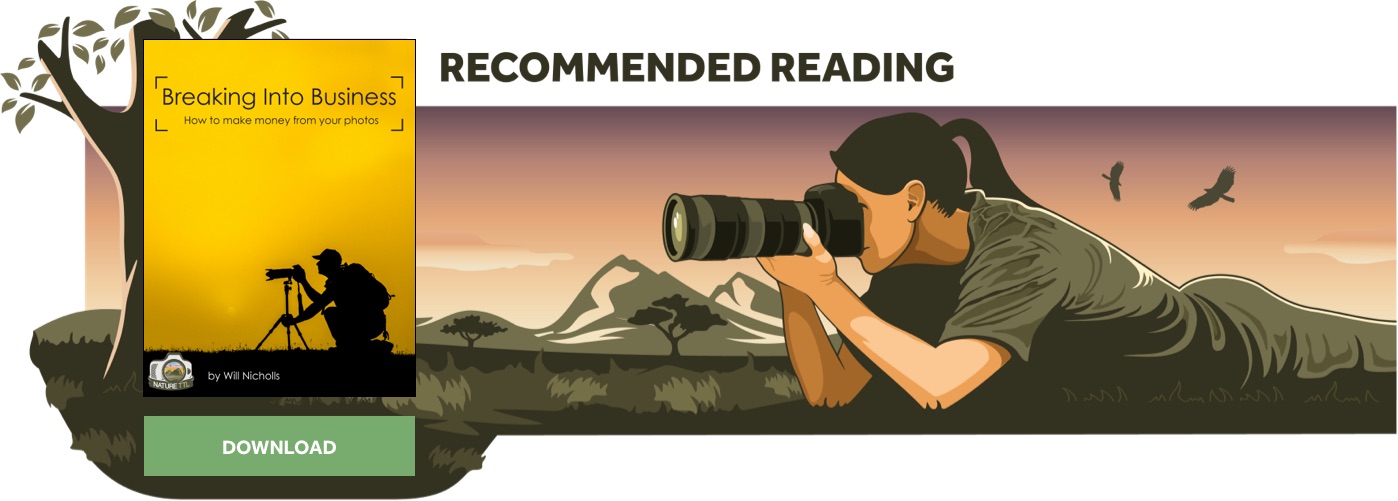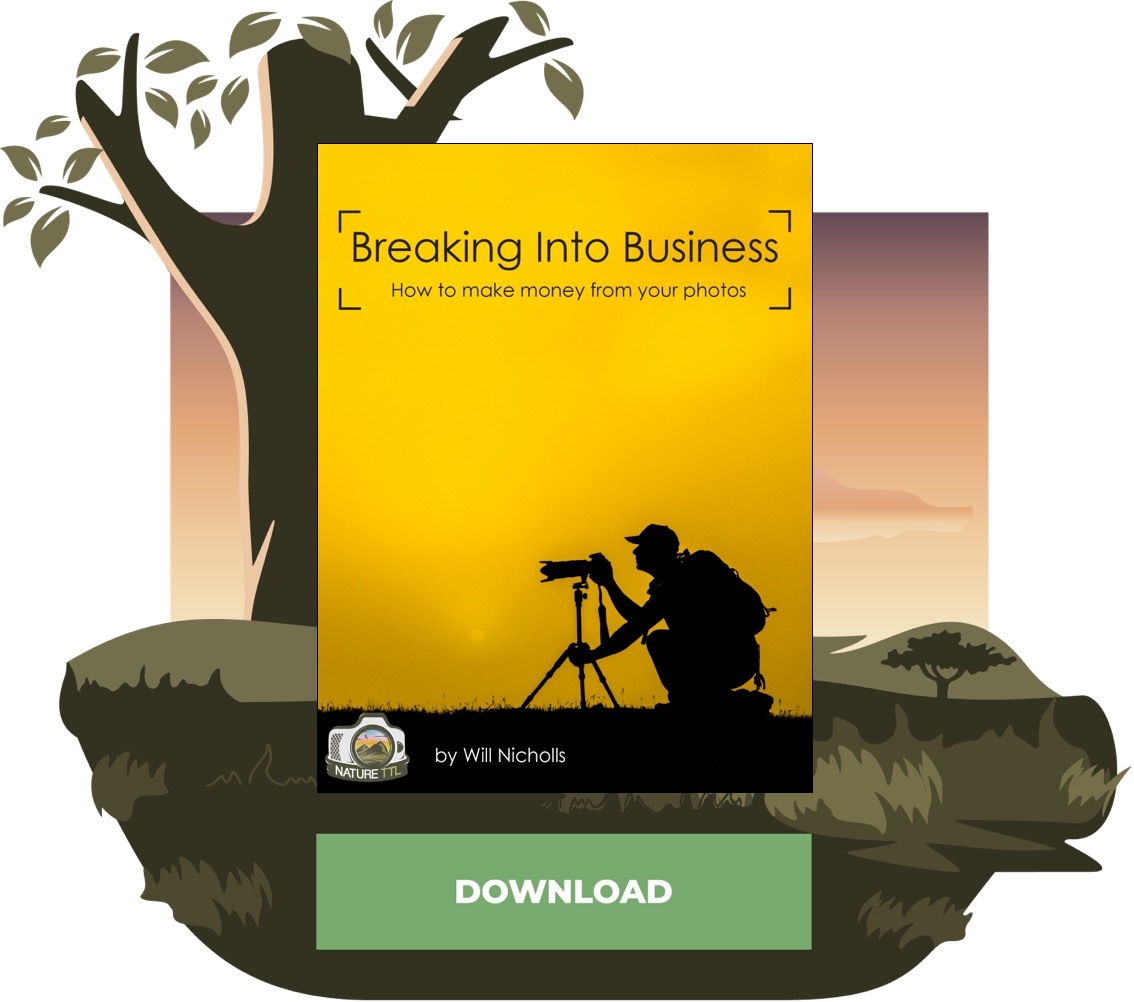Matt Doogue: Photographing the Unsung Heroes of the Macro World

Award-winning professional photographer Matt Doogue is passionate about capturing unique and breathtaking macro images. With over a decade of photography behind him, Matt’s images bring the intricate and beautiful macro world a little closer to viewers.
With work featured in numerous publications worldwide, Matt dedicates his time to using his photography and his platform to raise awareness and support for environmental issues.


Join us as we talk to Matt about macro critters, engaging compositions, and photography’s role in mental wellness.
We love your work showcasing the macro wonders of the world. How did you first find your way into photography, specifically macro photography?
Photography became part of my life in my early twenties, roughly 15 years ago after I suffered a mental health breakdown.

I first started out photographing everything and anything, whether that was architecture, portraiture, or still life. I just wanted to learn the fundamentals of photography and how light works to begin with.
Photography was the perfect antidote to my ongoing mental health struggles. The learning process, being outside in nature, having that alone time and allowing my mind to relax – it was the perfect storm.
Can you show us one of your favourite images and tell us why you chose it?
Ooh come on, that is a tough one!
It’s so hard to choose – I love each image differently.

I think this photo of the solitary bee just peeking at me on a very small rose is one of my ‘many’ favourites. The composition, the soft depth of field, the pin-sharp focus on the bee’s face; it all just works.
Do you have a favourite habitat to shoot in, and why?
I love native wildflower meadows.
Whilst habitats like this are in decline, you can see just how important they are when you find one that’s absolutely teaming with life!

From beetles to butterflies, these habitats support a plethora of life, and crucial to our ecosystem.
What is an accessory you recommend to all photographers who want to get into macro photography?
Aside from a dedicated macro lens and a tripod for early morning macro, get yourself a light source.
It can be an external flash, constant lighting LEDs, or even a small reflector – they all help in darker scenes.

Adding an external light source not only helps with freezing motion and illuminating a scene, it also allows you to be a little more creative with your photography.
How do you go about selecting the perfect composition for your macro shots? What factors do you consider?
Composition is key, and for me, it comes naturally, and I’m not entirely sure why.

When I approach a scene I measure it in my mind and then move around until something just clicks, something that feels and looks right.
I wouldn’t go as far as to say it’s a sixth sense, but it always feels very natural; I try not to overcomplicate things.
At the end of the day, we photograph first and foremost for ourselves and our artistic values, and I think this is always key to remember, remembering who you are as an artist and not getting lost in the sauce of social media likes and shares.

Social media attention is temporary, but art is for life.
As an award-winner photographer, how important do you think competitions are for up-and-coming photographers?
Competitions are great fun, but you should always keep them fun. Never get too hung up on not winning or not placing in a shortlist.
You are submitting your work to judges who all have different artistic approaches (me included), and who are all looking for different elements in a photograph. You will never please them all.

Just be happy with what you produce and if you win, that’s amazing and you should be proud, if you shortlist, that’s amazing and you should be proud, if you don’t get selected, don’t take it personally, try again the year after.
When submitting work to competitions or publications for print, how do you select which images to send in?
Most competitions have categories, making it easy to tailor your work to that specific category.

Magazines and other publications usually provide a brief to work towards.
As an advocate for mental health, how do you feel photography helps with fighting against depression and other mental health issues?
I think any hobby can be a benefit for our mental wellbeing.

For me that hobby was photography; being outside with my camera provides moments of calm and peace. You can easily become lost in the forest as your mind wanders from tree to grass, from flower to water.
It’s allowing yourself that ‘me’ time – removing yourself from daily life and releasing your creativity. It helps the mind to focus on one thing, to be mindful of the situation you are in.
Your work is not only beautiful and unique, but it also helps raise awareness for environmental issues. How do you feel photography helps in raising awareness and driving action for environmental change?
Photography helps to highlight these amazing unsung heroes of the planet by creating images that draw people in and make them look closer at the world around them, allowing people to slow down and observe.

Once people do this, I find they begin to take a deeper interest in the macro world and thus gain an understanding of the creatures around them, ultimately wanting to protect them, study them, and see how they are intertwined with our life and ecosystem.

Awareness is always a great first step to highlighting any environmental issues we face. Photography is a powerful tool to do this.
Are there any ethical considerations or practices you follow when photographing small creatures or delicate ecosystems?
Be mindful of yourself and where you step, lay, or set up equipment.
In some instances, it’s not always possible to avoid stepping on a patch of grass, and that’s fine, but you shouldn’t be chopping down bushes to get to a subject.

Never remove the subject to cool it or even in some cases freeze it still.
This is just completely unethical and you are only kidding yourself that your work is of any value if you do this.
It’s fine to work with subjects that are dead, but always be honest about it.

If you are frustrated that you can’t achieve the same type of images you see in magazines or online then I would suggest you take a step back and start again, learn your craft, hone your creativity, and never sacrifice your mental health or an animal to get ‘the shot’.
What role does post-processing play in your macro photography workflow? Are there any specific techniques or software you rely on for enhancing your images?
I always shoot in RAW, and most times I try to stack my images. I do not always go for deep stacks of say 50+ frames, sometimes it isn’t needed, however when it is, stacking the frames in post-processing software such as Zerene, Helicon, or Photoshop is usually needed.

In recent years Olympus and Canon have introduced in-camera stacking. This is where the camera does the stack for you, changes the magnification of the lens to shrink the scene and thus allows more of the subject to come into focus.
Once finished it produces the composite in-camera. This takes a lot of the work out of manual focus stacking for you and works especially well with subjects that are still and calm.





